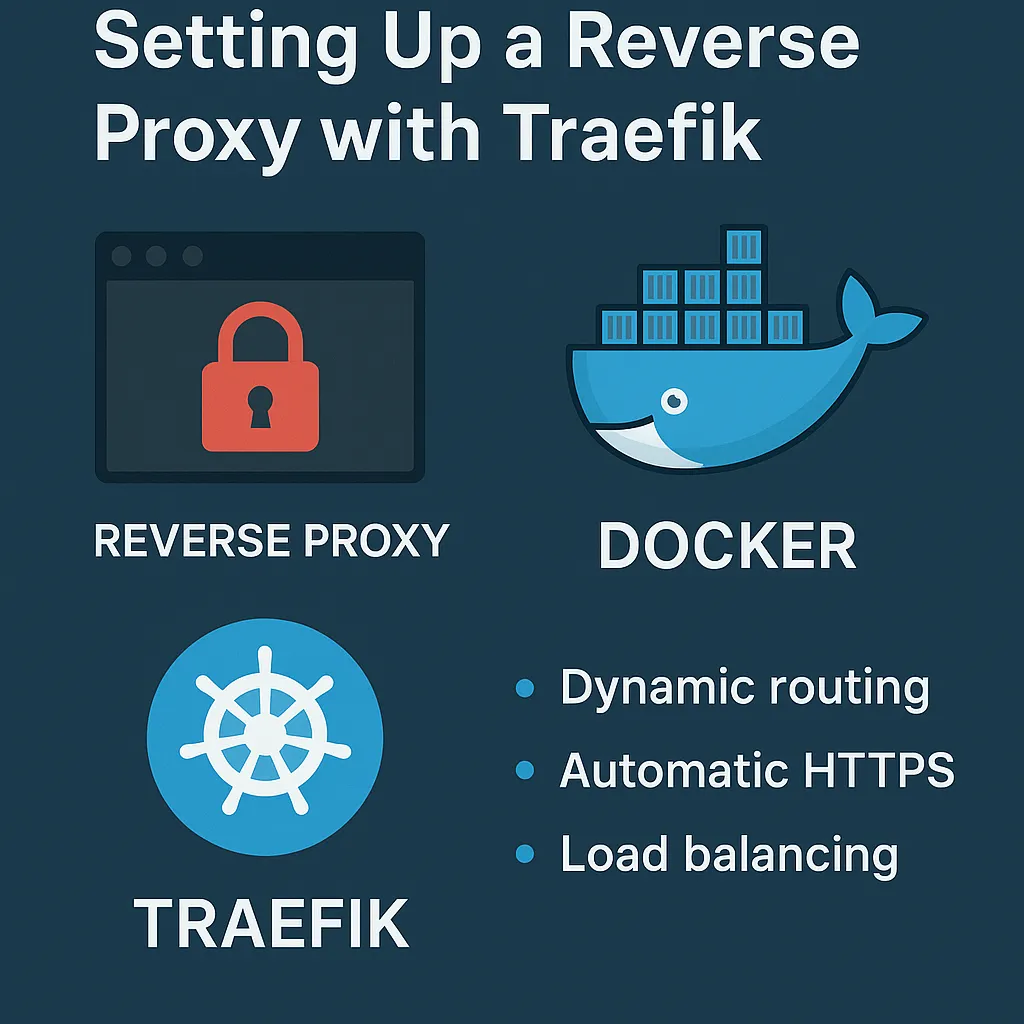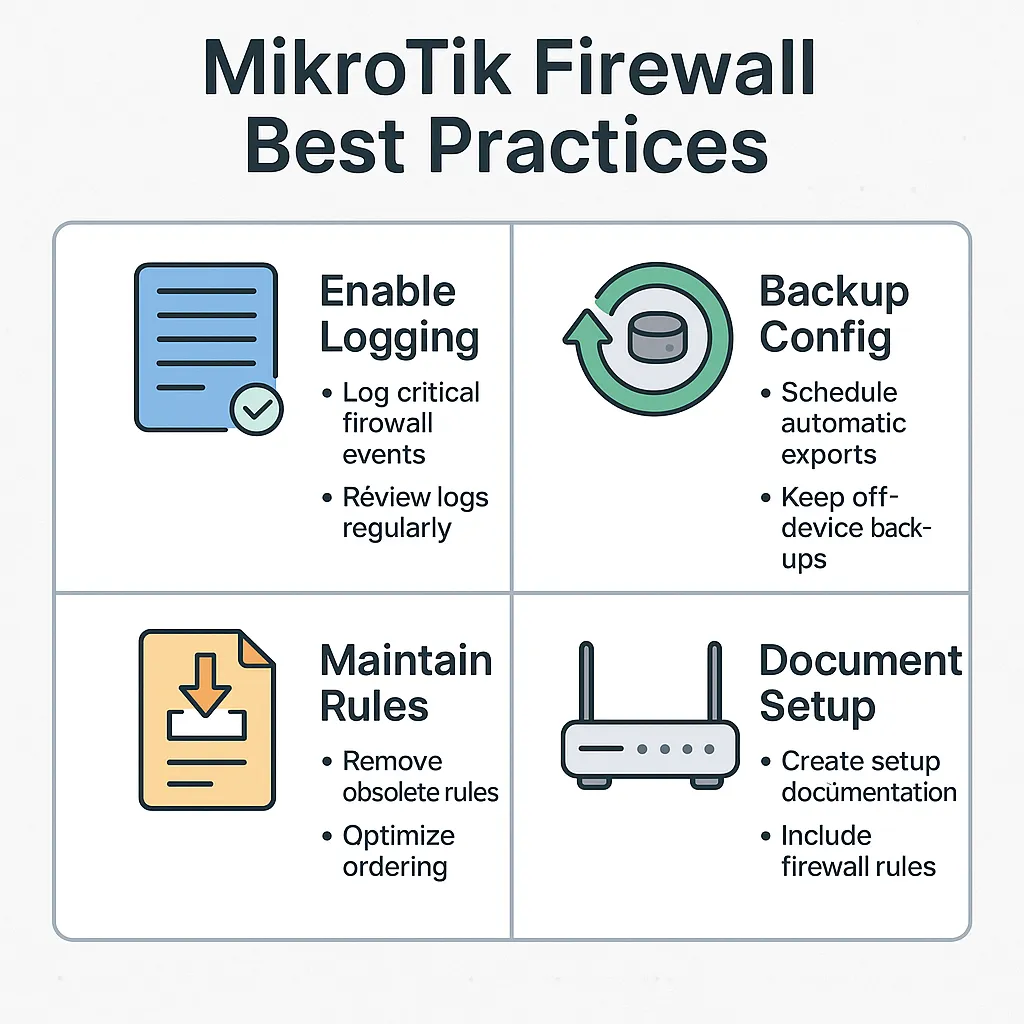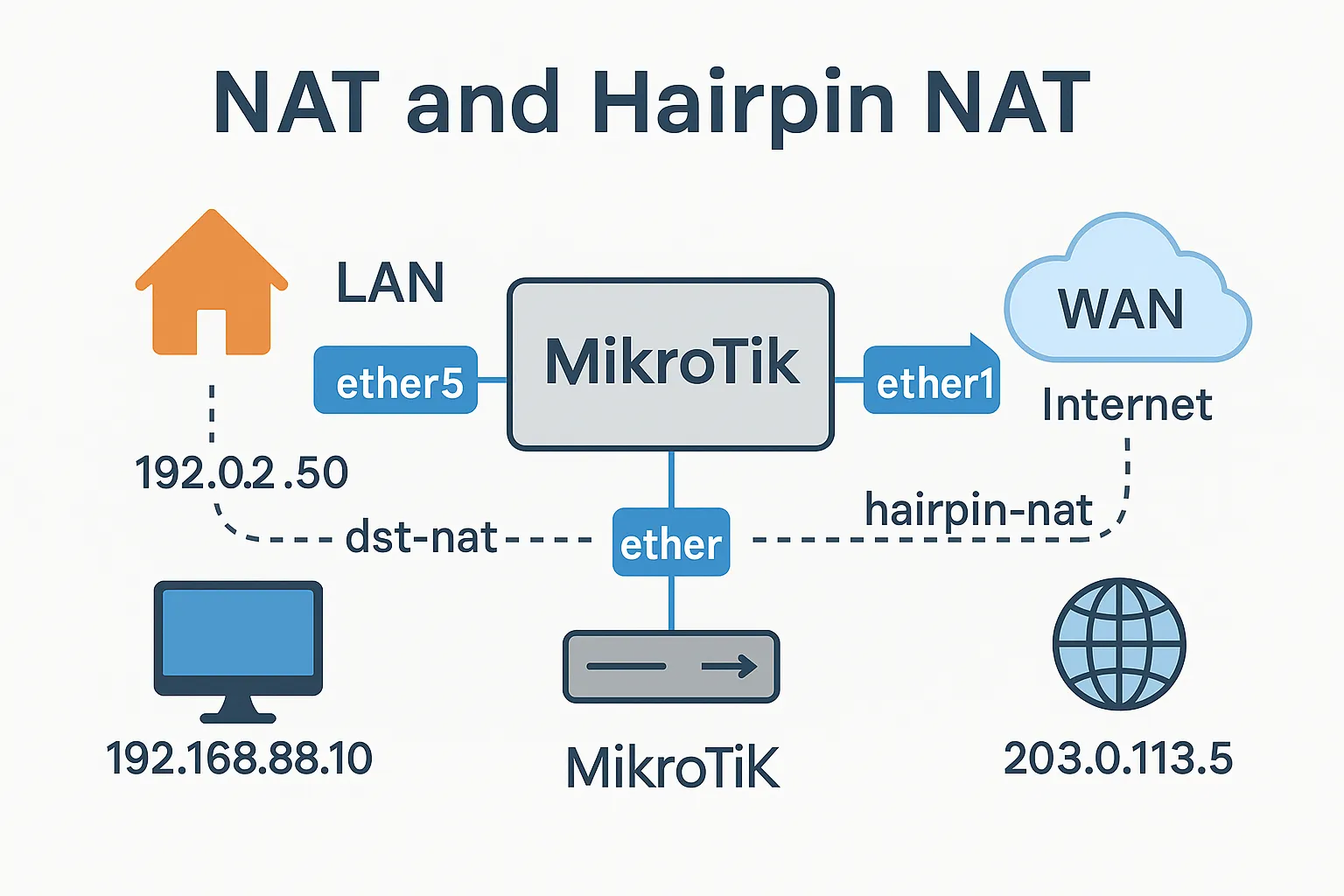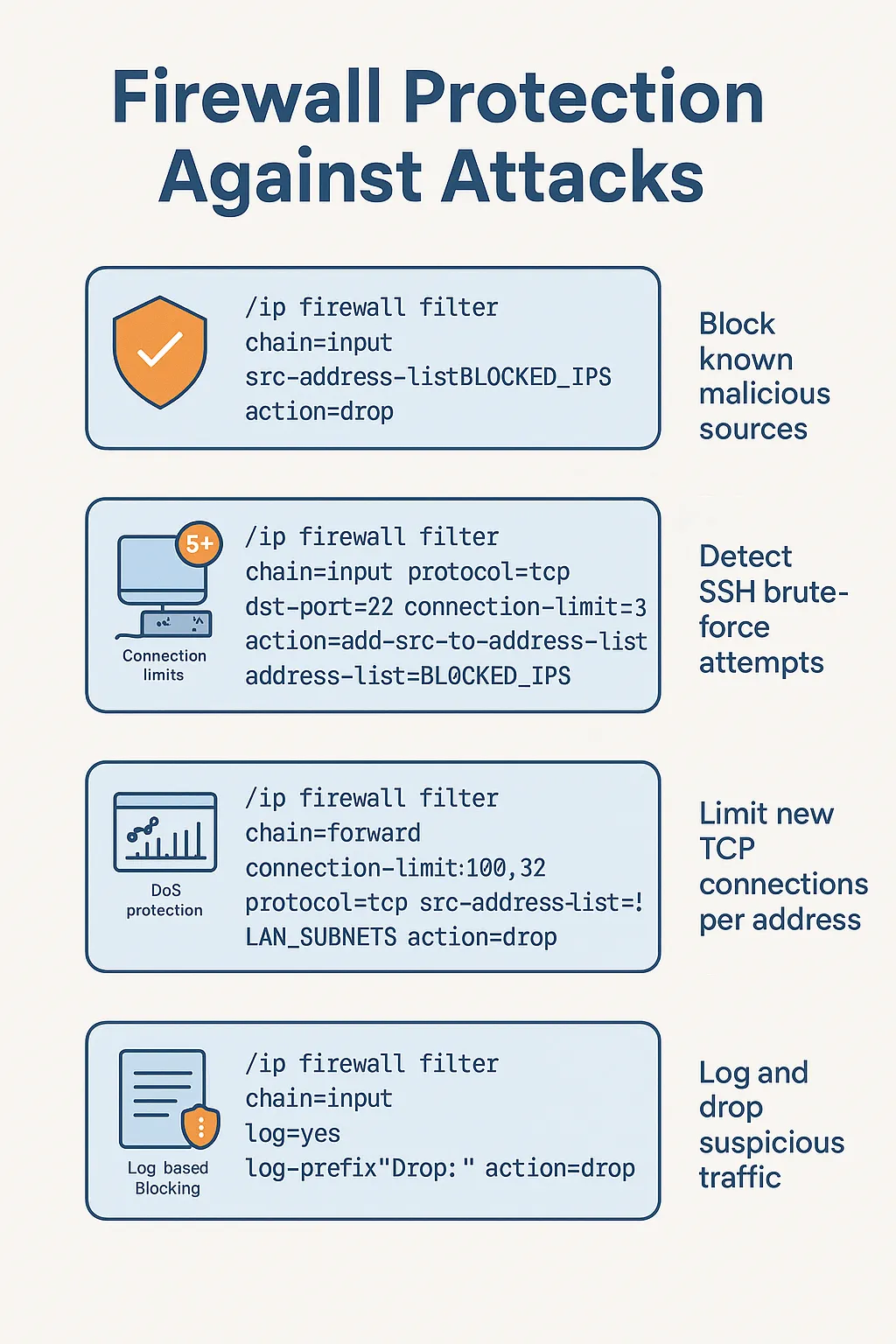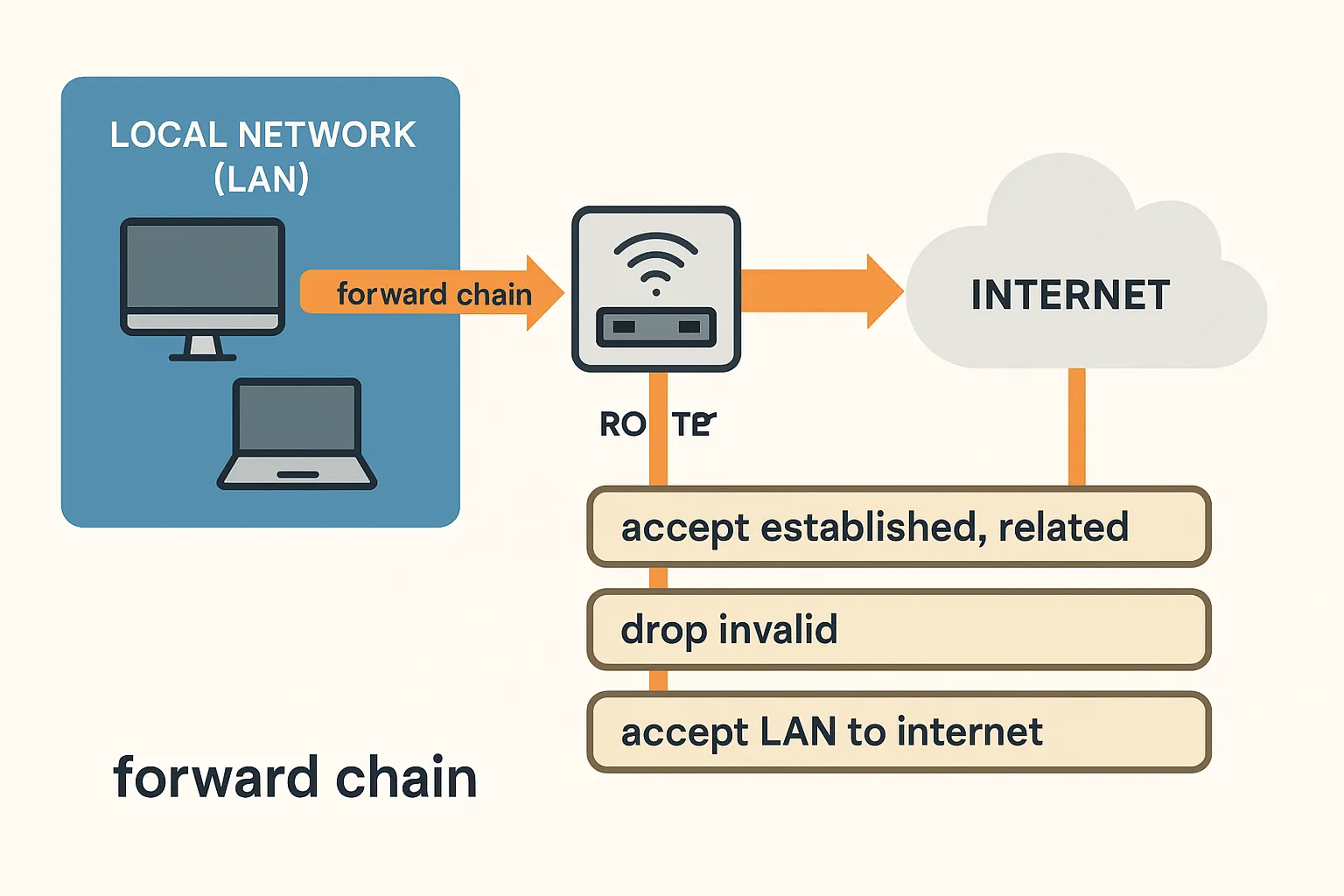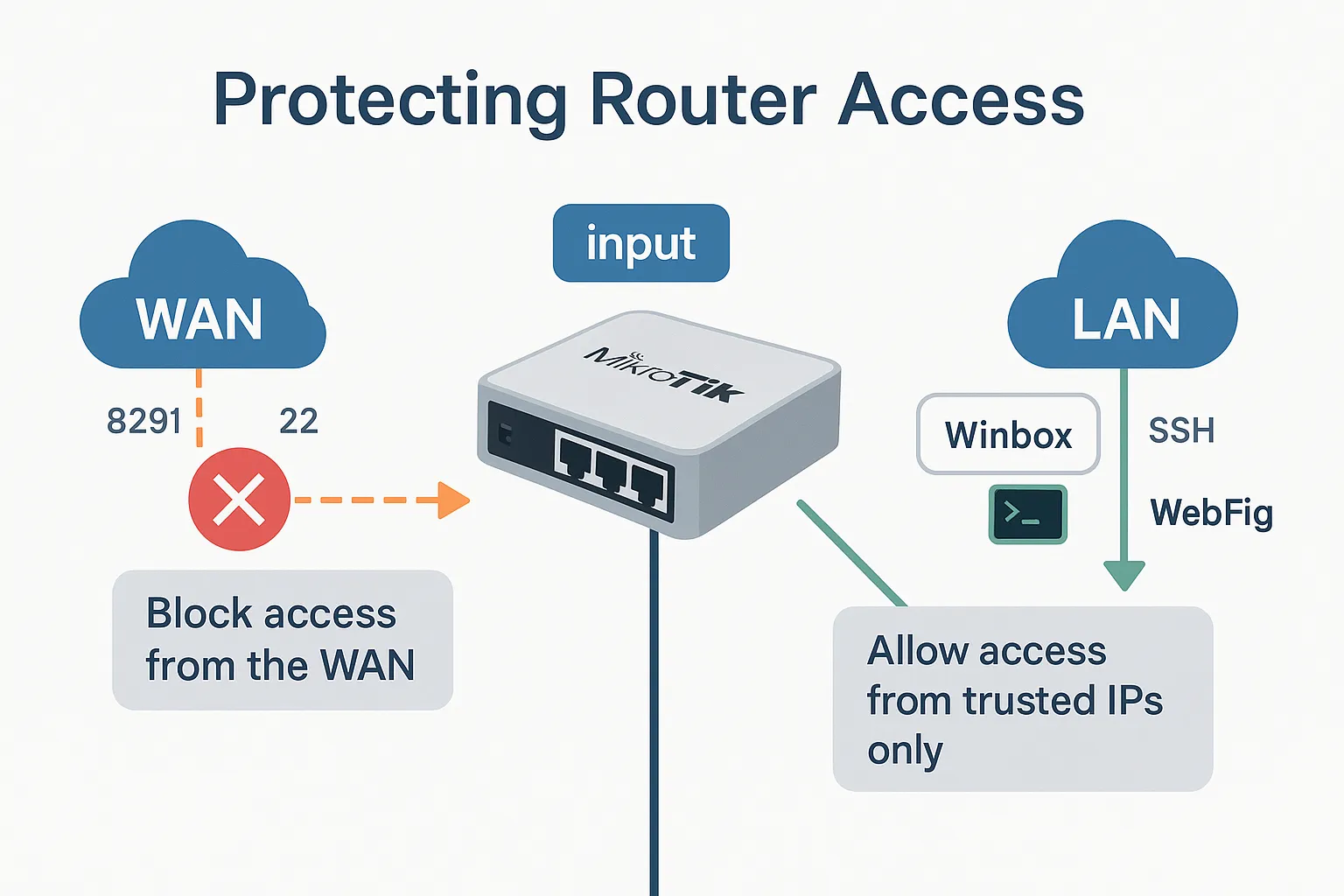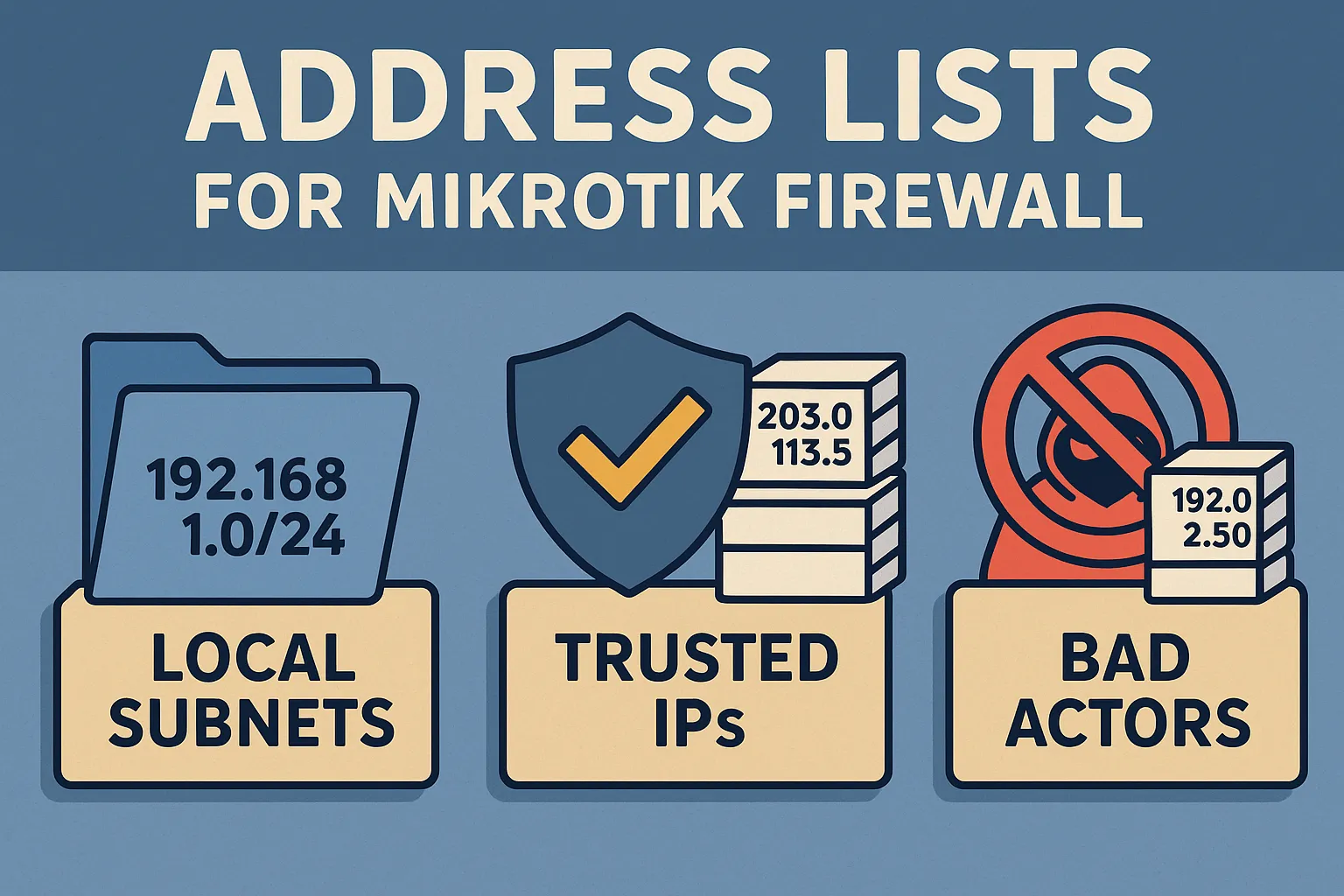Introduction So, you’ve decided to build your own powerful server with Proxmox VE? Excellent choice! You’re on your way to creating an amazing homelab or small business environment. […]
The Ultimate Guide to Proxmox VE in 2025: From Zero to a Fully Functional Homelab
Introduction: What is Proxmox VE and Why Does it Dominate in 2025? Welcome to the definitive guide to Proxmox Virtual Environment (VE). In the ever-evolving world of IT, […]
Deploy Proxmox VMs with Terraform in a Docker Container
Automating your infrastructure is a cornerstone of modern DevOps, and Proxmox is a fantastic virtualization platform. When you combine it with Terraform, you unlock the power of Infrastructure […]
Ultimate Guide: Setting Up Traefik as a Reverse Proxy in Docker (with Let’s Encrypt, Cloudflare, and Secure Services)
Introduction: Why a Reverse Proxy? In modern self-hosted environments, you’re often running multiple services — like a photo gallery (e.g., Immich), media server (e.g., Jellyfin), and dashboards. If […]
Firewall Logging, Backups & Best Practices
— Keep It Clean, Recoverable, and Easy to Maintain Why This Matters A solid firewall config can take hours to build — but minutes to lose. Whether it’s: […]
Understanding NAT & Hairpin NAT in MikroTik
— Make Local and External Access Work Seamlessly What is NAT? NAT (Network Address Translation) lets multiple devices on your internal network (usually private IPs like 192.168.x.x) share […]
Firewall Protection Against Attacks
— Block, Detect, and Log Like a Pro Why MikroTik Routers Get Targeted If your router has a public IP — it will be scanned.Thousands of bots around […]
Forward Chain Firewall Rules: Controlling LAN, Guests, and the Internet
What Is the Forward Chain? In MikroTik’s firewall, the forward chain handles traffic that passes through the router — not destined to it. Examples: If it goes through […]
Protecting Router Access: Lock Down the Input Chain Like a Pro
Why This Is Critical The input chain governs access to your router itself — the Winbox interface, SSH terminal, web admin panel (WebFig), DNS, and more. If this […]
Address Lists for Humans (and Hackers) MikroTik
Grouping IPs the Smart Way in Your MikroTik Firewall Let’s face it — if you’ve ever tried managing a firewall with individual IP rules, you know it gets […]



